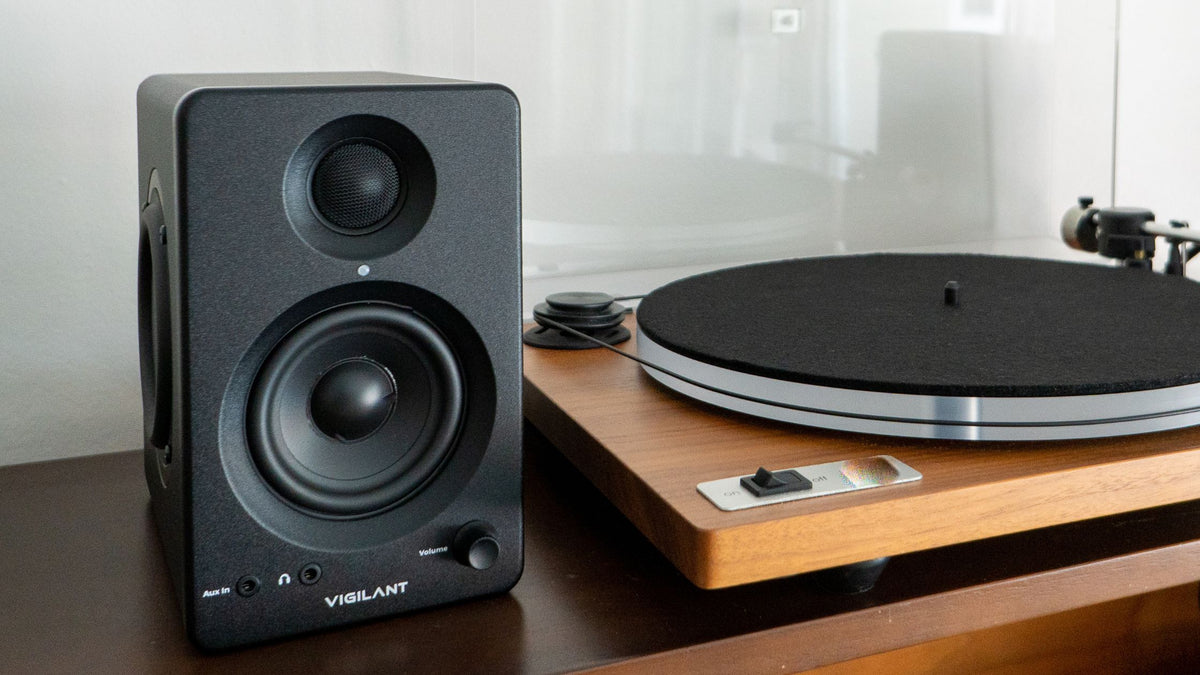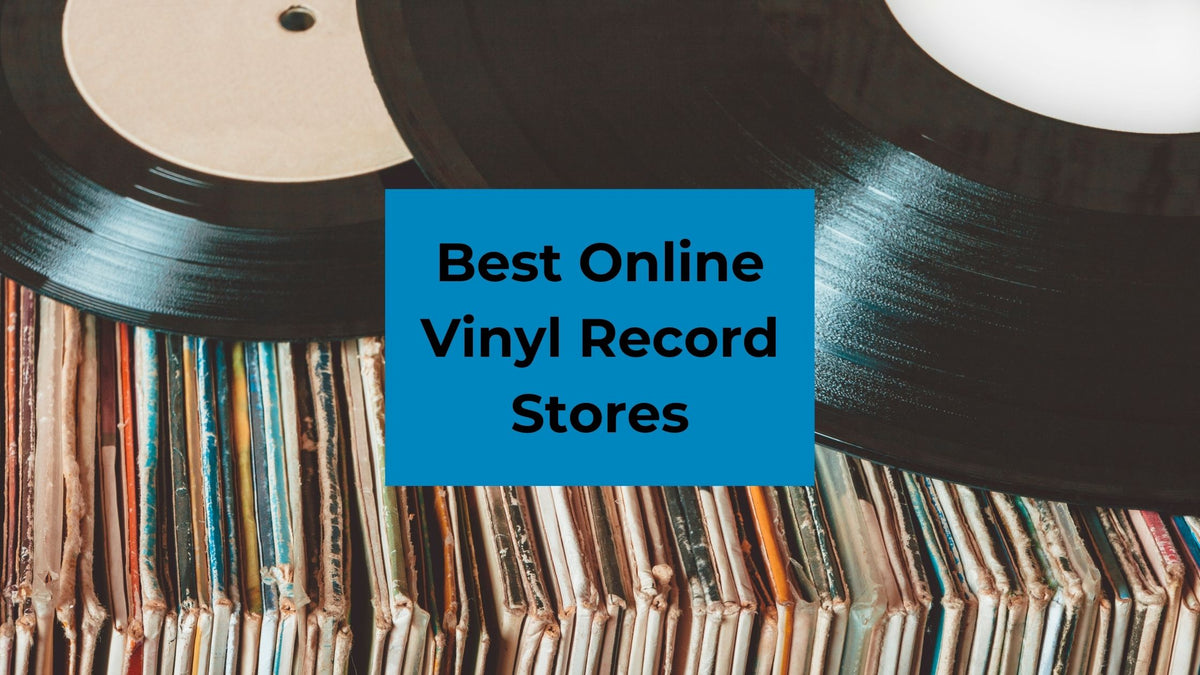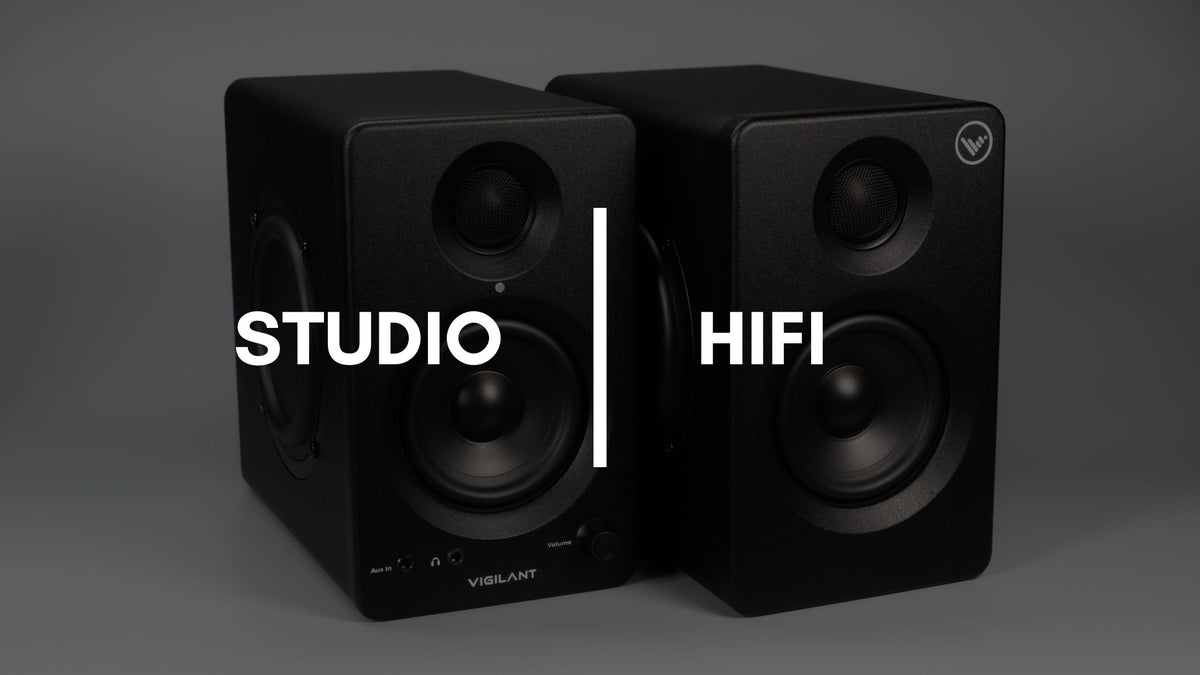How to Setup a Record Player with Powered Speakers and a Phono Pre-Amp

How to setup a record player with speakers...
Have you got an itch for some vinyl playback? You're not alone; there's been a huge resurgence in the record-collecting community recently. But if your first record player wasn't quite up to snuff, things might get confusing when it comes time to upgrade. With terms like "powered speakers", "phono preamp" and more flying around, let us help simplify: we'll walk through how to build an awesome (and reasonably basic) setup so that you can feel confident diving into the world of record players.
There are three main components to the type of system we are going to discuss today (we also have a list of some products to check out at the bottom of the article).
- Record Player
- Phono Pre-amp
- Speakers, Specifically Powered Speakers (Like the SwitchOne Speakers)

The Record Player
When setting up your "listening station, " you first want to have your Record Player on hand or selected. If you don't have one, there are plenty of options, ranging from $50-$100 all the way up to $5,000 - $10,000 and even more.

Check out something like the Pro-Ject T1 to get started; this record player comes with a great cartridge (we'll discuss those in another post) and can last a long time.
The first thing to determine is what kind of output your record player has. Unless it explicitly lists a "Built-In" phono pre-amp or phono-stage, you will need a phono pre-amp / phono-stage too.
The Phono Preamp
(If your record player has this, then jump to the speaker section) What is a Phono Pre-Amp or Phono stage?

A phono pre-amp or phono stage provides the connection between the record player and an amplifier. When vinyl was the standard for audio recording, the phono stage was built-in to receivers and amps, allowing direct connection of a turntable. Now that many people are not buying a dedicated AV Receiver, a phono pre-amp is often needed to bring the output of the record player to the appropriate level for the next audio device in your signal chain.
So now the sound from your record player goes into your phono pre-amp. What's next? How do you control the audio or even hear anything?
Next in the chain would be an amplifier/receiver or powered speakers with built-in controls. This example will discuss powered speakers that make for a streamlined setup.
Speakers
The next step is taking the line-level audio output from the phono pre-amp (usually via RCA Cables) and plugging that into the input of your powered speakers. Your speakers should have a dedicated volume control, and since they are powered, they will be able to take the line-level signal and control it while playing out of the speakers. Since your speakers are powered, you will not need additional amplifiers or controllers. All you have to do is connect the three components, turn your speakers on, and let the record play.
All you have to do is connect the three components, turn your speakers on, and let the record play.
As a bonus, some speakers, like the SwitchOne speakers, include a headphone out; in this setup, you could listen to your record over the headphone and use the speaker's volume knob to control the headphone level.
Cable
The last component of all of this is cables. Cables are a highly debated subject in audio, and if you're starting, use what you can find. We include RCA cables with our speakers, which are plenty good for most setups.

Suppose you are a more seasoned audiophile; you can dive into the world of cables. A good google search will have your head spinning for days.
We hope this makes setting up a record player less daunting - if you have questions about products or a specific setup, feel free to reach out, and we will help!
What to Buy
There are far too many brands and products out there to mention, but below is a list of some of our favorites when choosing a Record Player, Phono Stage/Phono Pre-Amp, and Powered Speakers.
Record Players:
- Audio-Technica AT-LP60X (~$149)
- Fluance RT80 ($199)
- Music Hall MMF 2.3 ($599)
Phono Pre-Amps / Phono Stage:
- ART DJPREII Phono Preamplifier ($69)
- Pro-Ject Audio - Phono Box ($129)
Powered Speakers:
Warning - we are going to be extreamly biased and recomend our own product here.
Cables:


